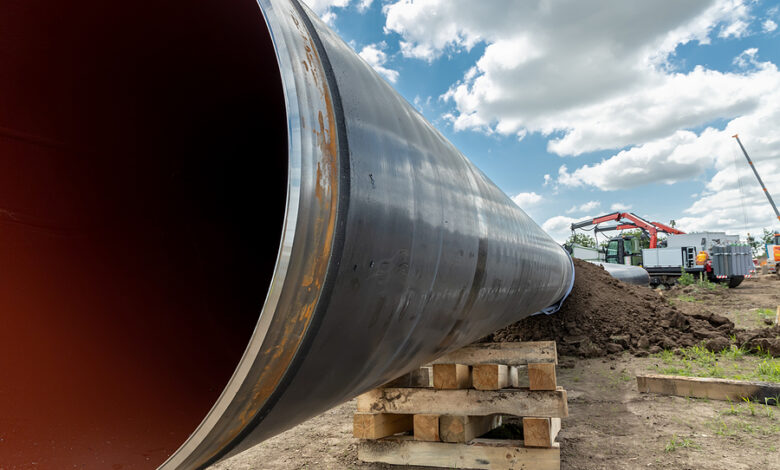
Satartia, Mississippi was the site of a carbon dioxide pipeline rupture that sent a number of people to the hospital. The 24-inch pipeline was built through hilly terrain that carried liquid carbon dioxide. When it ruptured, it sent CO2 gushing out in a dense, powdery white cloud that sank to the ground and was so cold that it made steel brittle enough that it could be smashed with a sledgehammer.
Gasses that escaped formed a CO2 cloud that stayed close to the ground undispersed. Dozens of people were overcome in minutes in their own homes. Those who were camping nearby could not escape the fumes and became disoriented in the woods wandering aimlessly trying to breathe.
Denbury Incorporated owns the line and operates a network of CO2 pipelines in the Gulf Coast area that inject the gas into oil fields to force out more petroleum.
Now another carbon pipeline company wants to build in northern Iowa in order to transport carbon dioxide to the Dakotas to be buried underground.
Emergencies like these can be very dangerous. The question is are we ready to handle a potential disaster such as this in the area. According to Hancock and Winnebago County Emergency Manager Andy Buffington, there is a clear and present danger.
Summit Carbon Solutions is supposed to be in contact with area emergency managers to discuss training and rescue operation procedures.
None of the emergency vehicles in the area would be able to operate in the carbon dioxide cloud because they require oxygen to combust fuel. This means that all rescues would have to be done on foot. This may require additional oxygen tanks and masks to aid victims. Does Buffington believe that specialized equipment to detect and handle these emergencies should be the responsibility of local and county governments?
According to local emergency services along the route of the proposed pipeline, no one has received any specialized equipment or training. Buffington did state that these same emergency personnel have training in pipeline emergencies such as natural gas and oil.




